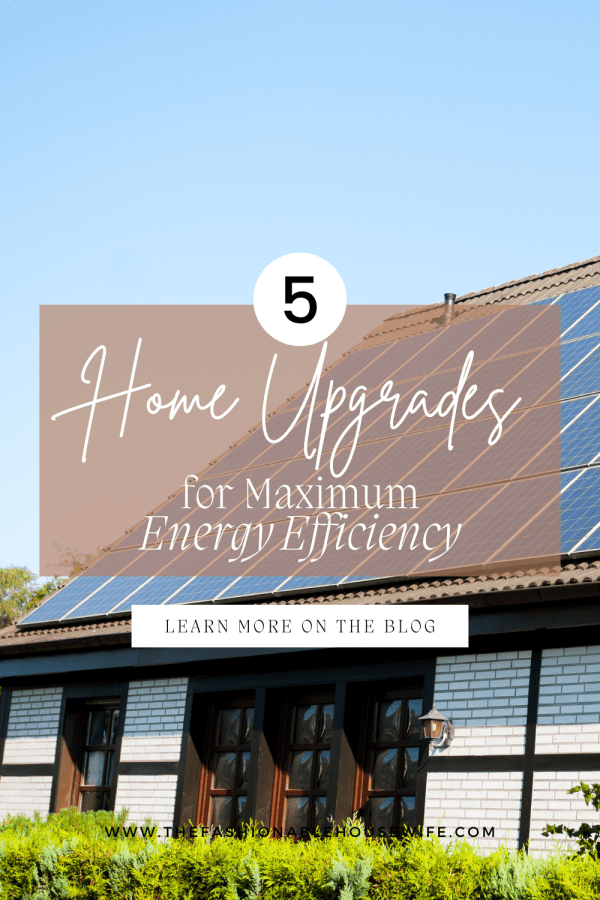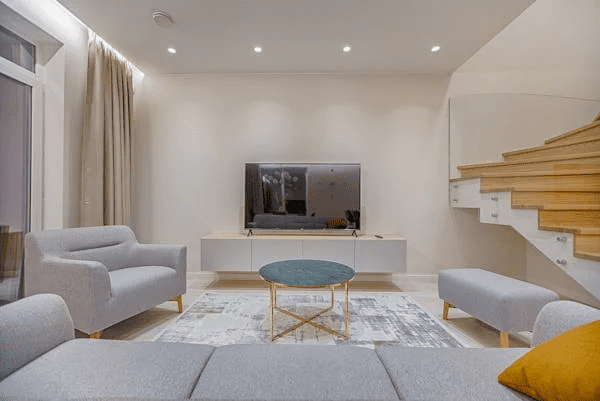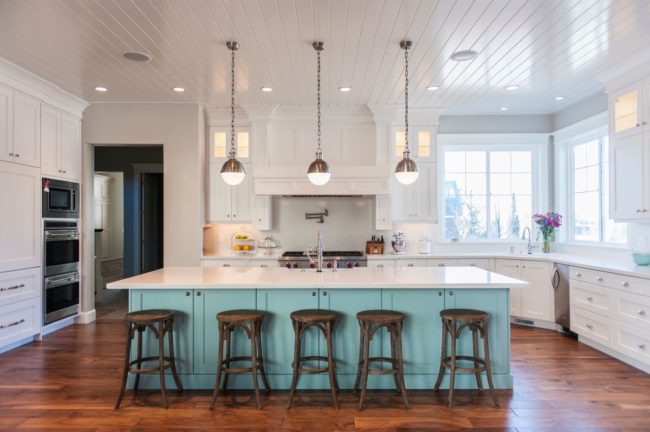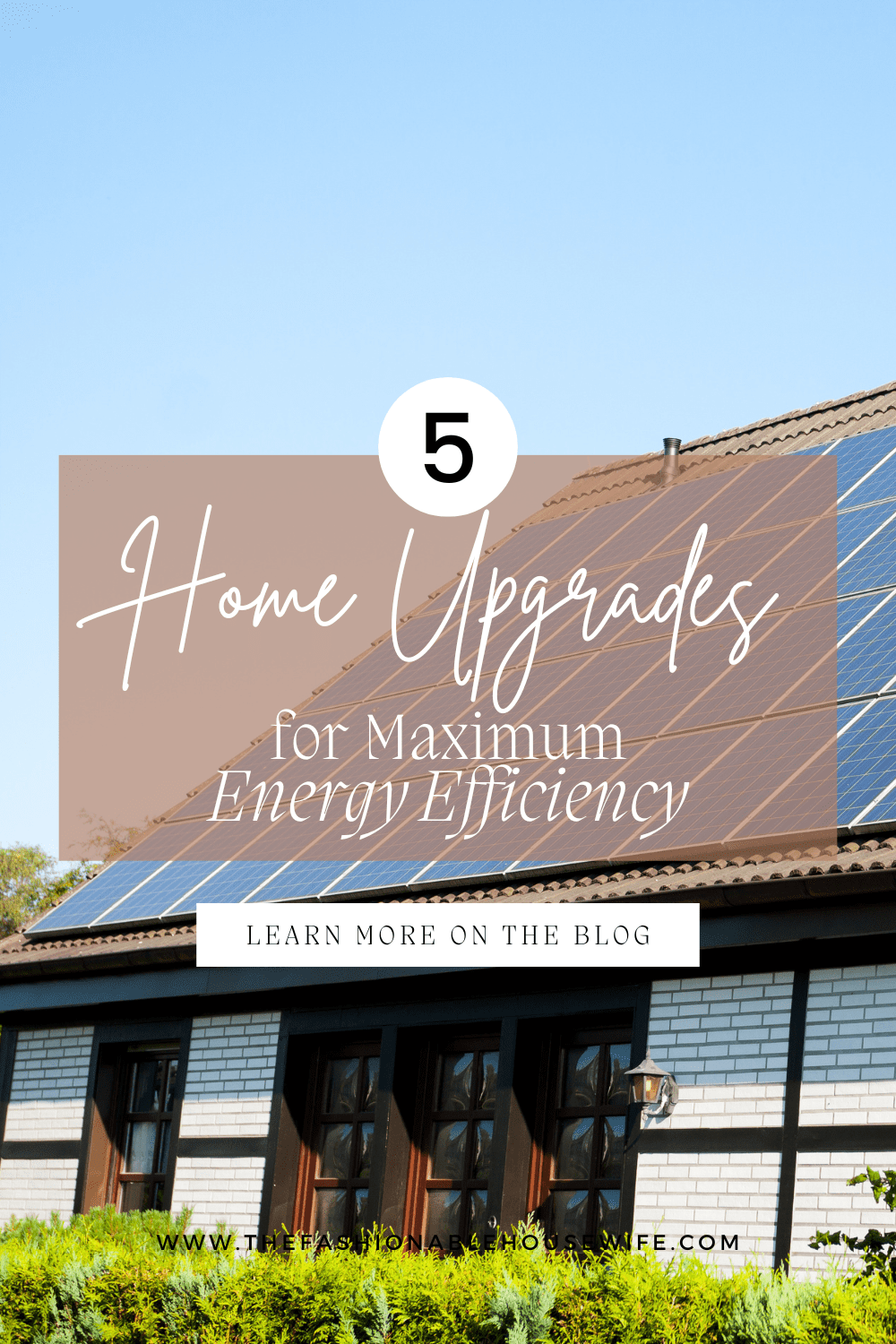5 Home Upgrades for Maximum Energy Efficiency

With the rise of energy costs and environmental concerns, upgrading your home’s energy efficiency is the most vital thing you would want to consider. These upgrades help lessen the carbon footprint, shrink utility bills, and increase property value. An energy-efficient home is usually comfier because the indoor temperature remains consistent without cold drafts. Here are five key upgrades to help you maximize your home’s energy efficiency.
Upgrade to Energy-Efficient Windows
Drafty or single-pane windows allow cold air to seep in during winter and heat in summer. Energy-efficient windows, such as double- and triple-paned models with low-emissivity coatings, may significantly cut this loss. These newer window designs retain indoor temperatures for more extended periods and reduce heating and air conditioning needs.
In a place like San Antonio, you need the highest performance of windows. Check for those with UV-resistant glass since it’s supposed to calm down the high-intensity sunlight and cool your residence. Employ top-class San Antonio replacement windows professionals for guidance on the best options and proper installation. Inquire also about the latest designs that can complement your home’s aesthetics.
Install a Smart Thermostat
Smart thermostats are incredibly simple yet powerful tools for improving energy efficiency. They can automatically program heating and cooling based on a person’s usual schedule. Other advanced models go even further; they learn your patterns and make necessary adjustments, automatically trying to become as energy-efficient as possible.
There is also remote management of smart thermostats using smartphone apps that manipulate your house temperature even when you’re not home. This way, through features such as energy usage reports and eco-modes, you’ll discover with greater clarity the best ways to save on your consumption pattern.

Photo by Vecislavas Popa on Pexels
Opt for Energy-Efficient Appliances
Changing old appliances to their energy-efficient models will significantly impact your overall consumption. Look for the ENERGY STAR label on appliances; this indicates that the appliance has met the strict energy performance standards. Modern refrigerators, dishwashers, and washing machines use much less water and electricity than their predecessors, thus becoming a worthy investment.
Smart features like timers or eco-modes are frequently included with energy-efficient appliances to make sure they are used at the best times. The long-term savings and lessened environmental effects make them a smart investment, even though they could cost more to buy initially.
Upgrade Your Insulation
Older homes often have inadequate insulation, which makes it difficult to maintain comfortable indoor temperatures and places extra demands on heating and cooling systems. Adding or upgrading attic insulation, wall insulation, and crawl space seals work together to maintain appropriate and consistent indoor temperatures as the seasons change and end costly energy loss.
Modern insulation materials, like spray foam or blown-in, are effective and green. The sealing of gaps and leaks means that heating and cooling systems will not have to work harder than they need to, saving money and energy.

Upgrading to LED Lighting
Lighting accounts for a high percentage of use in most homes. Swapping regular bulbs with LED ones is one of the simplest upgrades to make in a home or room. LEDs use as much as 75% less energy and have a longer life than the usual bulb, making LEDs cost-effective.
That can be supplemented by adding smart LED systems, which have dim options and motion-sensor capabilities that ensure the lights come on only when needed to decrease energy waste and prolong the life of your bulb.
Endnote
Low ownership costs and the support of global action in the fight against climate change are just a few ways an energy-efficient home can benefit. There are many ways to do this as a homeowner, from installing insulation to going smart. This not only upgrades your lifestyle in a greener manner, but it also increases the value of the home.

